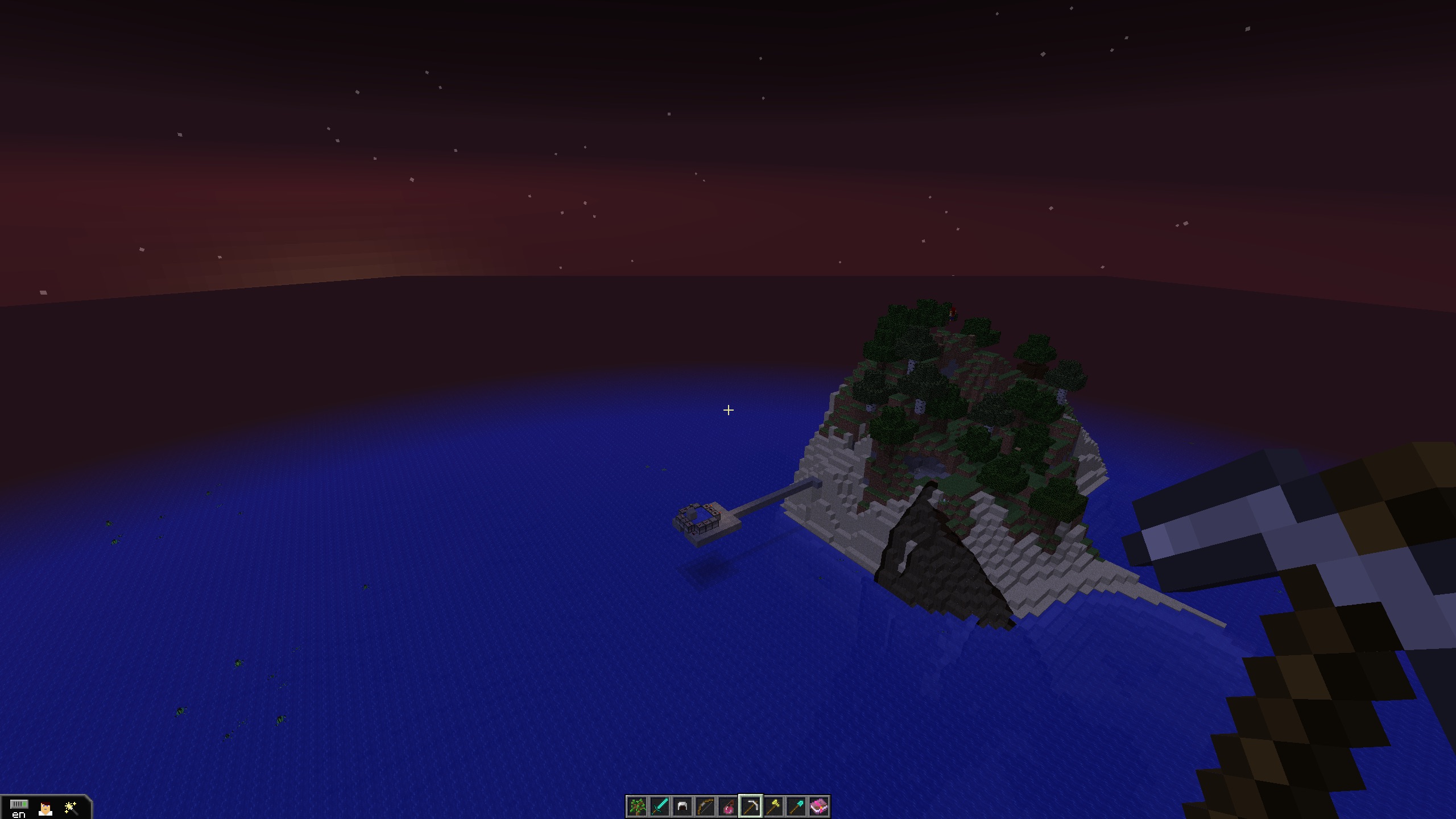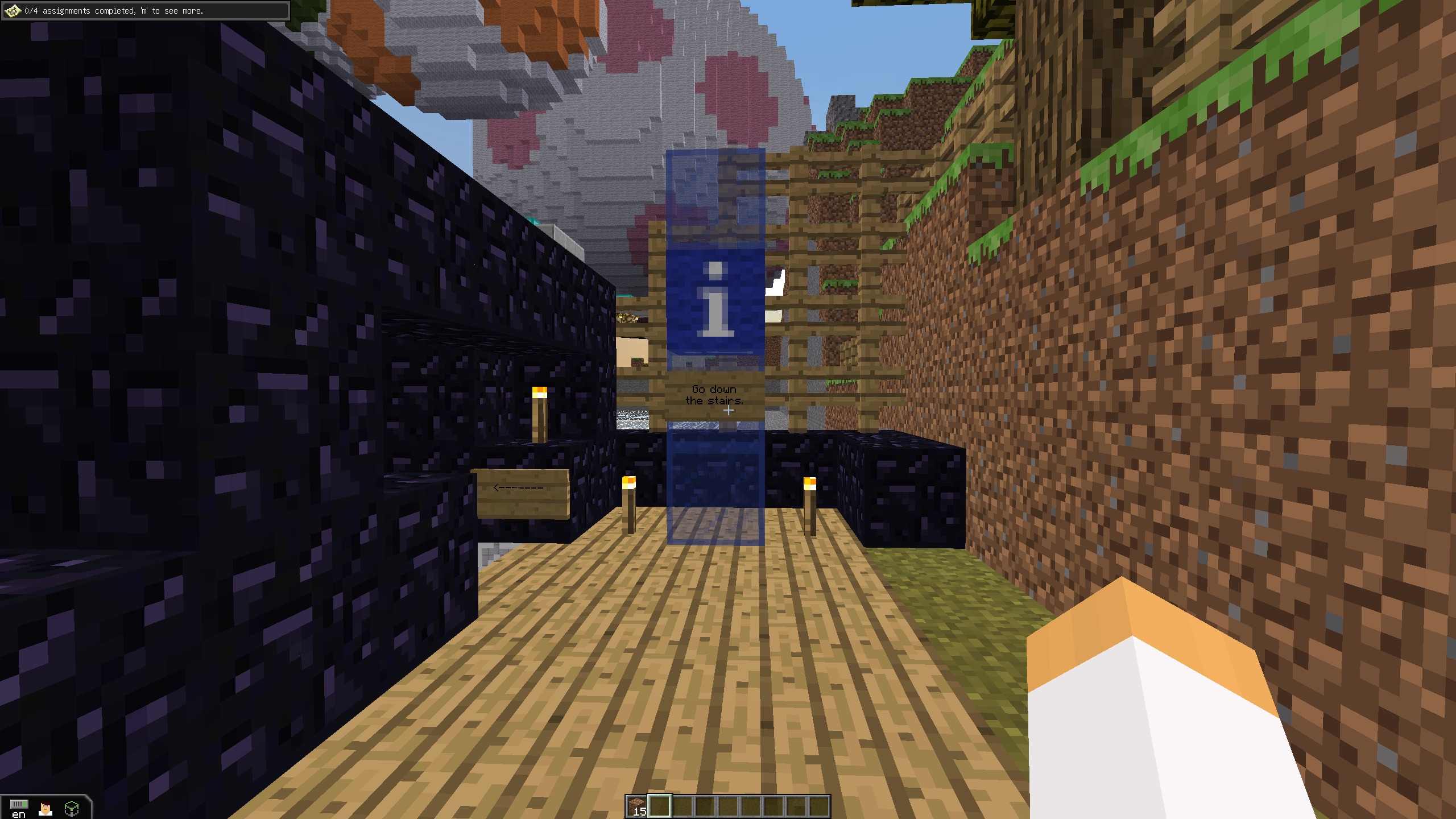
Today we were visited by grade 7 teacher Heidi James and her students from Colquitz School, who showed us all about Minecraft. In this game, players can build their own worlds by acquiring resources and building a huge variety of amazing things. When asked how this game is beneficial in the classroom, the students answered that it helps build community, a collaborative culture, and that they learn a lot about many topics (such as agriculture). For teachers, Minecraft can provide an engaging and effective teaching tool. Mrs. James has taught sections on social studies (early civilizations), math (x,y axis’), and science (machines and pulleys), and uses the game to develop critical thinking, communication, team building, and problem solving in her students (all areas repeatedly mentioned in BC Curriculum’s Core Competencies). She also credits this game with reigniting her passion for teaching and for building lasting and meaningful connections with students, even those not in her class.

While some people have reservations that Minecraft teaches a damaging lesson with respect to human treatment and abuse of the environment (it focuses heavily on mining and deforestation), one Colquitz student stressed the idea that, at least in playing the game, they are conscious of the environmental effect that is having. For example, instead of doing an assignments where 30 students use a fair amount of paper, projects on Minecraft use none (all that’s used is computer coding). Further, Mrs. James explained that Minecraft has in-built environmental sensitivity. For example, players can cut down trees in a sustainable way, or build homes out of trees if you plant trees of the same type very close together. Reservations about the ethics of the game aside, Mrs. James loves Minecraft because it is the least antisocial gaming platform she has ever seen. As we noticed when learning the game today, the room is not quiet when playing Minecraft. This is a convincing argument, at least insofar as this game is concerned, against the antisocial nature of gaming. Additionally, the Colquitz students explained that the game sparked interest in future careers and domains, such as architecture and art. In sum, Minecraft seems like a great way to make learning fun, and as a way to teach a variety of subjects in an engaging and collaborative way.
See https://education.minecraft.net/ for ways to use Minecraft in the classroom!

Leave a Reply